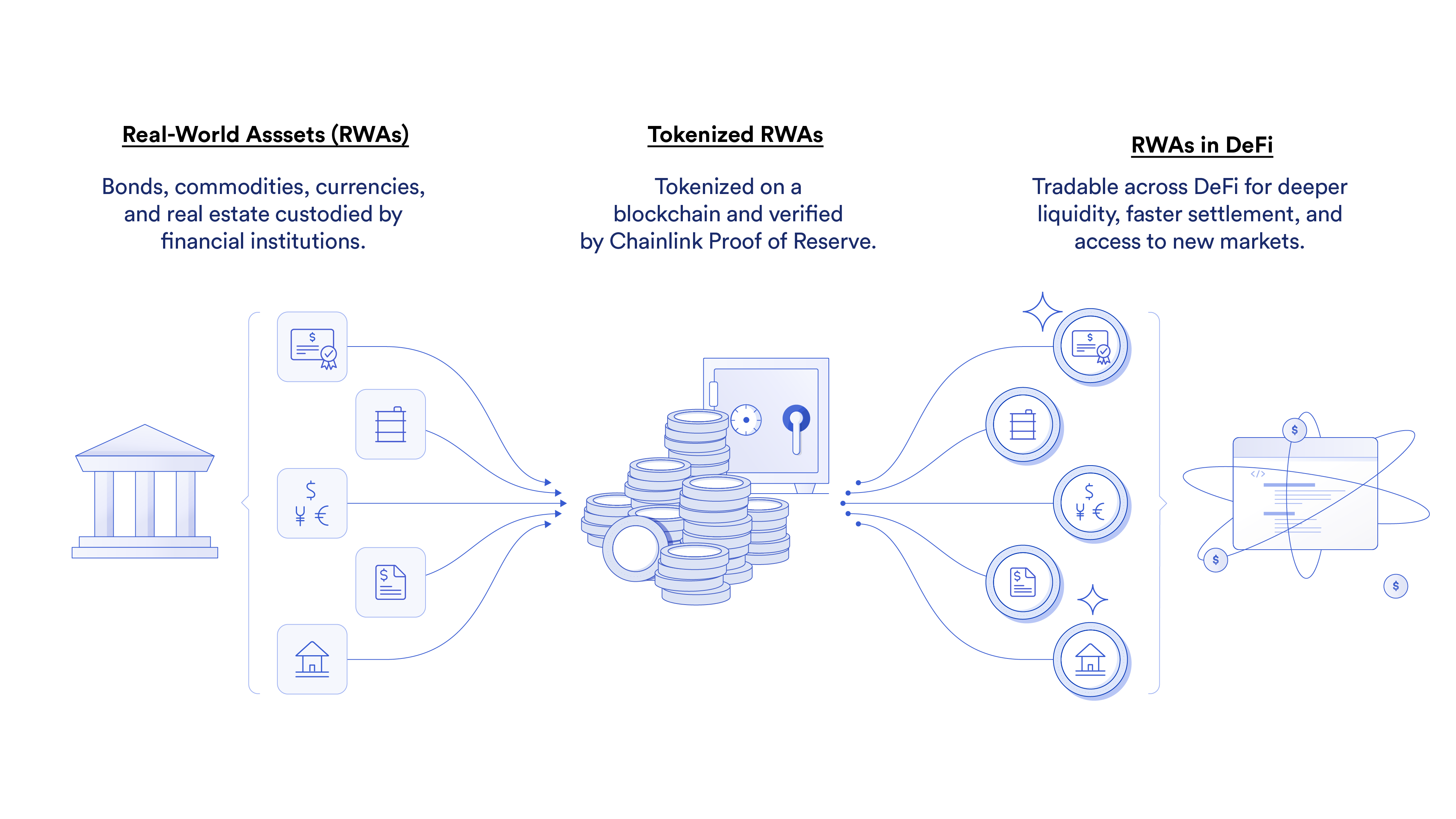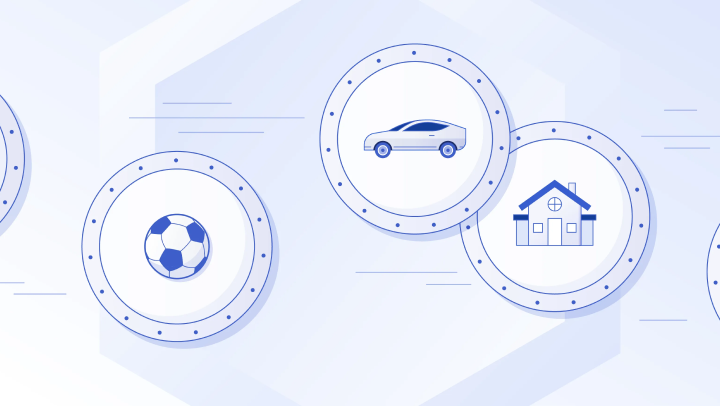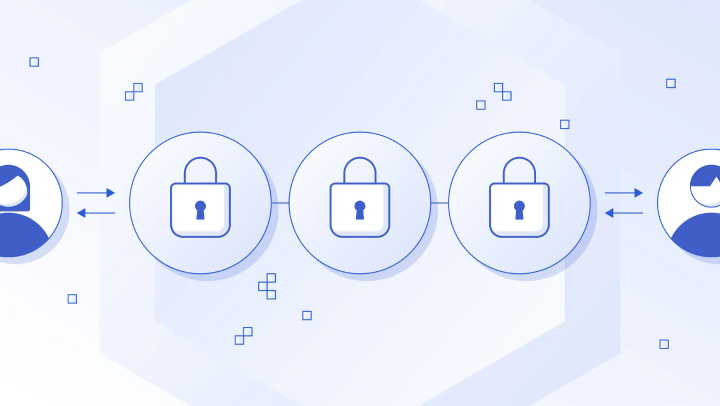How to Tokenize an Asset: A Step-by-Step Guide to Asset Tokenization
To tokenize an asset, it is necessary to create a digital representation of the asset as a token on a blockchain.
To tokenize an asset, it is necessary to create a digital representation of the asset as a token on a blockchain.
Tokenized assets are blockchain-based digital tokens that represent physical and traditional financial assets. Asset tokenization presents an immense opportunity for existing financial institutions and the early-stage DeFi ecosystem to create a more transparent and efficient global financial system.
According to a report by Boston Consulting Group and ADDX, the tokenization market is estimated to be a $16T business opportunity by 2030, setting the stage for a large-scale transformation to global economies underpinned by blockchain technology and cryptographic truth.
In this article, we’ll explore the potential of asset tokenization and provide an overview of how to create tokenized assets.
<div class="educational-divider sections-divider"></div>
What Is Asset Tokenization?
Asset tokenization involves creating digital tokens on a blockchain that represent assets in the real world. Tokenization helps convert the ownership rights of an asset—such as fine art or a share in a company—into a digital token that is stored on a blockchain. This token represents the underlying asset and can be used to track and transfer ownership of it.
In his annual letter to investors, Larry Fink—the CEO of BlackRock, the world’s largest investment firm with $8T+ in assets under management—outlined the opportunity that asset tokenization represents:
“In particular, the tokenization of asset classes offers the prospect of driving efficiencies in capital markets, shortening value chains, and improving cost and access for investors. At BlackRock we continue to explore the digital assets ecosystem, especially areas most relevant to our clients such as permissioned blockchains and tokenization of stocks and bonds.”
Asset tokenization offers a number of key benefits, such as:
- Increased efficiency, since a blockchain’s ledger serves as the source of truth, enabling the ability to program complex rulesets directly into tokens.
- Reduced costs, as peer-to-peer transactions decrease reliance on intermediaries.
- Enhanced transparency, as the inherent auditability of blockchain technology can be leveraged.
- Improved liquidity, as on-chain markets can be created for historically illiquid markets.
Tokenization also opens up the creation of entirely new financial markets and instruments, since assets that have historically been siloed across disconnected environments can exist within a common settlement layer. If you’d like a deep dive into the benefits of tokenized assets, read Tokenized Assets: Scaling DeFi to a Global Level.
It’s important to note that while tokenization offers the most immediate benefits to the finance industry and major enterprises, asset tokenization can refer to the tokenization of anything possessing monetary value, such as a piece of art, intellectual property, or even a skilled worker’s time. As such, asset tokenization is often considered the blockchain use case with the greatest potential, with its total addressable market in the trillions, encompassing nearly all economic activity, present and future.
<div class="educational-divider sections-divider"></div>
How To Tokenize An Asset
While the asset tokenization process can include many steps depending on the requirements of the individual use case, these are the general steps that need to be followed when tokenizing an asset and bringing off-chain valuation data on-chain using Chainlink Proof of Reserve.

Tokenization platforms can set a new standard of verifiability by using secure Chainlink infrastructure to help relay off-chain or cross-chain collateralization data on-chain. Tokenization projects already using or in the process of integrating Chainlink PoR include tokenized currency projects TUSD and Poundtoken, tokenized equities platform Backed, Treasury Bill tokenization platform OpenEden, tokenized gold product Cache Gold, blockchain infrastructure and services firm BridgeTower Capital, and more. By using Chainlink PoR’s decentralized verification to relay collateralization data, tokenization projects can demonstrate a new level of transparency and security.
Select the Asset to Tokenize
The first step is to identify the asset that you want to tokenize. This could be equities, commodities, currencies, securities, fine art, carbon credits, intellectual property, or another asset class.
Define Token Type
Once you’ve identified the asset you want to tokenize, you need to define the type of token that you want to create. You’ll need to consider factors such as the token standard you want to use (ERC-20, ERC-721, ERC-1155, etc.), the number of tokens to be created, the mechanism governing minting tokens, and other custom parameters and rulesets.
Choose the Blockchain You Want to Issue Your Tokens On
Next, you’ll need to identify the blockchain environment on which the tokens will be issued. This choice will depend on the specific requirements of the tokenized asset in question, but some aspects to consider are whether the tokens should be issued on a public or a permissioned blockchain, or whether a framework for creating a custom network or rollup should be utilized.
Select a Third-Party Auditor To Verify Off-Chain Assets
When it comes to tokenized assets backed by real-world financial assets—such as fiat currency, equities, or bonds—collateralization data needs to be relayed on-chain from off-chain bank accounts or vaults to ensure that the tokens are backed by an equivalent amount of collateral assets. In such cases, a third party must verify that the value is being held off-chain, helping give users confidence that the number of issued tokens corresponds to the value of the underlying assets.
Tokenized asset projects can use a decentralized verification service, Chainlink Proof of Reserve, to help relay this off-chain data on-chain. Chainlink PoR provides unparalleled transparency into off-chain collateral, helping enhance the security and verifiability of tokenized assets.
In addition, when it comes to other types of assets, such as fine art, data from marketplaces, auction platforms, and professional and independent appraisers can be used to help ensure that the value of digital tokens reflects the value of the underlying assets.
Use Chainlink Proof of Reserve To Help Secure the Minting of the Tokens
Some tokenization projects can leverage Chainlink PoR in an additional way—to help further bolster security and transparency and control the minting function of tokens. Chainlink Proof of Reserve Secure Mint enables tokenized asset issuers to programmatically require the value of collateral to be greater than or equal to the supply being minted. By providing cryptographic guarantees that new tokens minted are backed by reserves, PoR Secure Mint enhances tokenized asset security with decentralized verification.
For example, a third party can be used to audit fine art collateral, then Chainlink PoR can be used to bring that valuation data on-chain, and PoR Secure Mint can help control the minting of asset-backed tokens.
Notably, leading tokenization projects, such as TUSD, Poundtoken, and Cache Gold, are using Chainlink PoR Secure Mint in their minting smart contract to help ensure reserves are sufficient before minting new tokens.
Furthermore, Chainlink PoR can also be used to help secure the minting, redeeming, and burning of wrapped tokens. Once Chainlink PoR determines that wrapped tokens are undercollateralized, Chainlink Automation can be used to halt the minting, redeeming, and burning of wrapped tokens.
<div class="educational-divider sections-divider"></div>
Key Success Factors of Asset Tokenization
The success of a tokenization project can depend on several key factors, including:
- Security—Security is paramount when it comes to asset tokenization. One of the greatest benefits of blockchain technology is its transparency, meaning anyone should be able to verify the state of collateralization in the system. In the case of tokenized assets, this collateralization data needs to be securely relayed on-chain to help ensure that the tokens remain sufficiently backed. Due to the permissionless composability of DeFi, an undercollateralized token could have far-reaching consequences in the wider ecosystem.
- Automated verification—By enabling the ability to automatically verify the off-chain reserves backing an asset using smart contracts, asset tokenization can save costs for the issuer while also providing greater transparency to users.
- Transparency—As more and more users demand trust-minimization from the applications they interact with, transparency becomes a vital aspect of tokenization projects. By providing real-time proof of collateralization through verification services such as Chainlink PoR, tokenized asset issuers can increase transparency and confidence in their on-chain asset.
- Cross-chain interoperability—Some tokenized assets need to be interoperable across different blockchain environments to access a broader pool of liquidity and a larger number of users across different platforms. The Cross-Chain Interoperability Protocol (CCIP) is designed to help eliminate the need for developers to write custom code for building chain-specific integrations.
If you want to learn more about Chainlink Proof of Reserve, visit the PoR product page. If you’re a developer and want to integrate Chainlink Proof of Reserve into your smart contract application, check out the developer documentation or reach out to an expert.
To learn more about Chainlink, visit the Chainlink website and follow the official Chainlink Twitter to keep up with the latest Chainlink news and announcements.
“Disclaimer: This post is for informational purposes only and is designed only to serve as an illustrative technical walk-through. Implementing any process described herein may involve risks, uncertainties, and assumptions. Any such implementation is done at one’s own risk. There can be no assurance that actual results will not differ materially from those expressed in these statements, although we believe them to be based on reasonable assumptions. These statements may not reflect future developments due to user feedback or later events and we may not update this post in response.“














